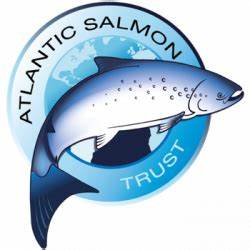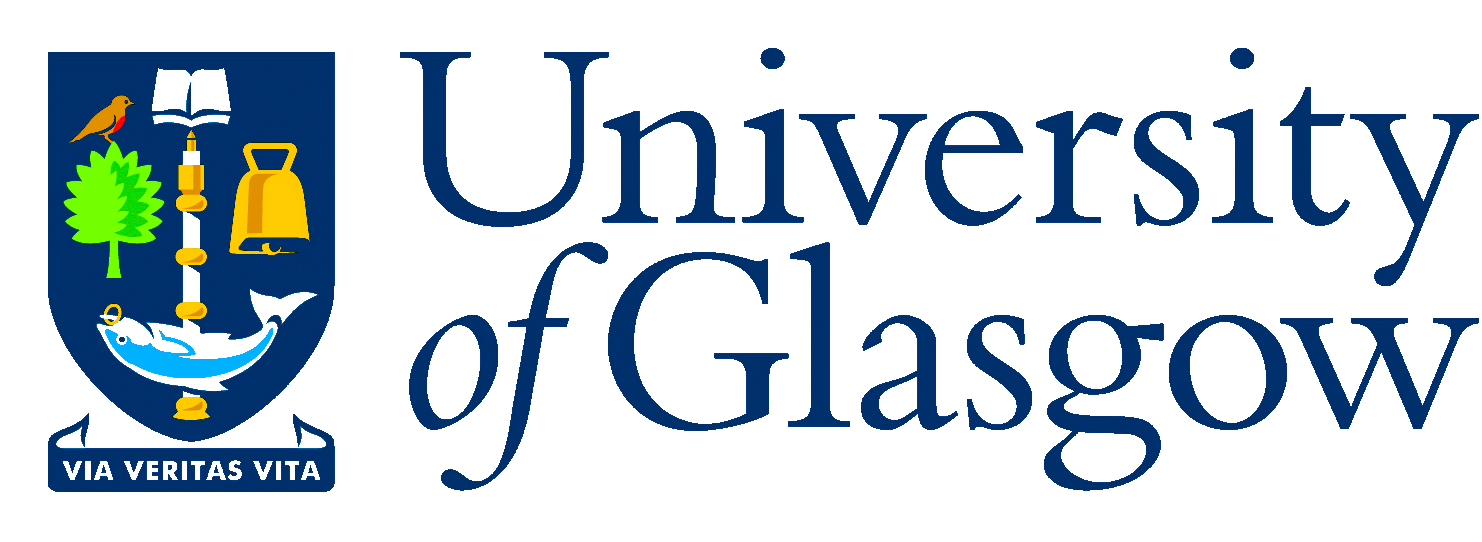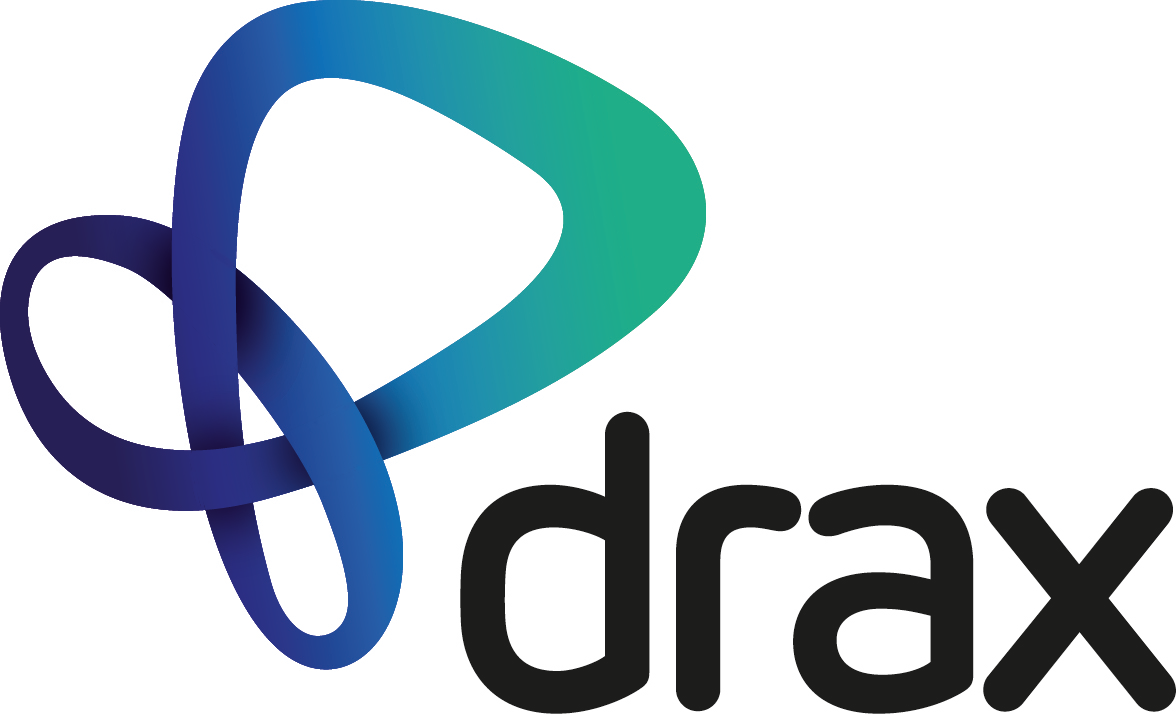Smolt Tracking Work
In spring time, after up to three years in freshwater, salmon smolts embark on a momentous journey which sees them depart the local rivers and track northwards, to reach rich feeding grounds hundreds to thousands of miles beyond. To enable their passage from freshwater to the marine environment, they must undergo the process of smolting – which changes their physiology, behaviour and morphology.
Understanding the pressures facing smolts in the local freshwaters and esturaries helps to develop and inform possible strategies and actions to protect smolts. Recent developments in fish tagging means that smolts can now be tracked effectively which gives a whole new insight into the challenges facing smolts.
For smolts leaving the Kirkcudbrightshire Dee, the freshwater migration route alone is marred with challenges; particularly surrounding the impoundment of water associated with the operation of the Galloway Hydro Scheme. Until 2021, no site specific monitoring of smolt transfer through the Dee had been conducted and speculation remained that 10-20% of smolts could be lost surrounding each impoundment. This means that for smolts departing from above Carsfad Dam: three dams (Carsfad, Earlstoun and Tongland) and the barrage at Glenlochar, would have to be negotiated for successful transfer to the estuary. And a loss of between 30-60% of smolts via passage through the turbine halls.
To ensure the longevity of the Dee salmon population by maximising the number of smolts successfully negotiating each impoundment and leaving the river, GFT would need a means of tracking Dee-specific salmon smolts via their normal freshwater migration route.
By 2021, the operator of the Galloway Hydro Scheme (Drax), Dee DSFB and Galloway Glens Landscape Partnership had pledged significant funds to enable GFT, in collaboration with The University of Glasgow to develop and lead on an acoustic salmon smolt tracking study on the Dee. In the knowledge that a healthy salmon population was present in the Polharrow Burn, upstream of Earlstoun Dam; this burn and the Coom Burn located near Glenlee Power Station, were selected to run a fyke net to capture smolts heading downstream during spring. The smolts successfully captured in the fyke nets would have to be of prime condition and no smaller than a recognised body length and weight to be considered for fitting with an acoustic tag, and an appropriate number of receivers would have to be strategically placed the length of the river from tagging location to the mouth of the estuary, so that potential delays associated with passage through impoundments (dams and barrage associated with the Galloway Hydro Scheme) and lochs and entry to the estuary, could be compared to passage rates in the river channel.
In 2021, a total of 16 receivers were deployed and 50 smolts were tagged, mostly within the Polharrow Burn. At each compound encountered, smolts transferred via the turbine halls, when the turbines were generating, at a surprisingly healthy rate of 81% survival though Earlstoun and 88% survival through Tongland. In Loch Ken, where it was expected that smolts may fall foul to large predatory coarse fish, no smolts were lost. Survival of smolts within river sections was high with 97.5% successfully transferring downstream. And in total, the outcome of 58% smolt survival, from tagging/release site to the inner estuary, was surprisingly generous compared with expectations sited in literature across other heavily modified waterbodies. A summary of the 2021 Dee smolt tracking research is available in the download section.
In 2023, on agreement that further smolt tracking would help fully investigate smolt transfer at the dams and other potential pinch points, GFT secured funding from Drax and Galloway Glens Landscape Partnership and in collaboration with The University of Glasgow, were able to install 33 acoustic receivers throughout the Kirkcudbrightshire Dee system, from as far north as Polmaddy Burn to within the estuary at Kirkcudbright, adjacent to Mary’s Isle. On this occasion, two fyke nets were set within the original trapping site of Polharrow Burn and further upstream within Polmaddy Burn, the uppermost known salmon population within the Dee catchment. Between the two trapping locations, 40 salmon smolts were tagged, 18 of which were not released downstream of the trap site but replaced within the main river at Bridge of Dee in an effort to ensure smolts be available for Tongland-specific data collection. This year, we were presented with a very different weather pattern to 2021. A lengthy period of heavy rainfall meant that we could not progress trapping until the middle of April. Most smolts appeared in the traps during the first week of May before high water returned to halt trapping efforts, followed by a very lengthy period of warm, dry weather and trapping ceasing mid month. Generating periods were greatly reduced during the trapping period.
The results from the 2023 research showed a lower overall migration success rate compared to 2021. Only 20% of smolts successfully made it to the estuary compared to 58% in 2021 (although some smolts were tagged and released from further up the catchment in 2023). This shows that survival rates can vary significantly between years. Again smolts were found to be travelling successfully through the hydro turbines when power was being generated. A summary of the 2023 research is available in the download section.
In 2024 further smolt tracking work was undertaken on the Dee again (fully funded by DRAX). This year the tagging was undertaken to address specific questions:
a) How is successful smolt migration through Earlstoun Dam influenced by the length of a single generation period?
b) Does changing the frequency of the generation period influence the time taken for migration of smolts through Earlstoun Dam?
c) Can we define the period during which smolts are vulnerable to potential migration Impacts?
Gathering this data is vital to evidence-base the decisions that may be necessary for Drax to take operationally to aid improved downstream passage of smolts on the Dee especially at Earlstoun Dam. 2024 was a difficult year to tag smolts due to high water. A summary of the 2024 smolt tagging research is available in the download section.
In addition to the Dee acoustic tracking, GFT has also been involved in the West Coast Tracking Project (WCTP). Spearheaded by the Atlantic Salmon Trust the WCTP is an ambitious partnership between the Atlantic Salmon Trust, Fisheries Management Scotland, Marine Scotland and The University of Glasgow. Unlike the Dee tracking, which looks at migration pathways down through the river, the WCTP is designed to track early marine migrations around the Scottish coast, an area where there is currently a gap in our knowledge. The WCTP covers a massive geographical area from Dumfries & Galloway up to the North Coast of Scotland and the Outer Hebrides. Like the Dee tracking the WCTP uses acoustic tags which emit a high frequency “ping” that is picked up by tracking receivers. As part of the project, smolts are tagged in a number of rivers within the study area. As the tagged smolts leave their home rivers they are picked up by an array of acoustic receivers strategically placed by the project within the study rivers, into estuaries and out into the open sea where a vast array of over 200 tracking receivers can potentially pick up the tags. In addition to the WCTP receivers, the project is also able to make use of data from tracking receivers that have been deployed as part of other (non-salmon) major acoustic tracking projects. These include tracking initiatives currently taking place across the UK and Ireland.
GFT is always keen to be involved in large scale scientific studies like the WCTP, that advance our knowledge of salmon, and is one of a number of Fisheries Trusts involved in the project. As part of the study GFT has been tagging salmon smolts in the lower River Bladnoch. Smolts are trapped in a Fyke net placed within the water inlet for the Torhouse fish farm. The tagging is carried out under Home Office license by GFT staff. A total of 275 smolts have been tagged (100 in 2021, 100 in 2022 and 75 in 2023).
In addition to the smolt tagging, trapping at the fish farm inlet on the Bladnoch provided additional smolts during 2023 to provide genetic samples for the SAL-MOVE genetics project which is looking into the genetics of run timing in salmon. Former GFT employee Dr Samantha Beck is part of the team running the project.
To date thousands of salmon smolts have been tagged in West Coast rivers as part of the study. The WCTP website states: “The project immediately started to indicate a range of migratory patterns and preferences in our young salmon, but no clear-cut major migration corridors. Early findings showed that our tagged fish distributed widely around the West Coast and migrated using many different routes. We also gleaned some fascinating insights on how they were moving through sea lochs and their speed of travel. This has led to a more focused efforts in this area in Years 2 and 3”.
More information can be found on the WCTP website https://atlanticsalmontrust.org/our-work/west-coast-tracking-project/.
The WCTP project is funded via the Scottish Government’s Maritime and Fisheries Fund, and significant private and industry contributions.




Downloads
Kirkcudbrightshire Dee Salmon Migration Study Summary 2021
Summary of the salmon smolt tracking project on the Kirkcudbrightshire Dee undertaken in 2021.Gallery
Latest News
The Conservation of Salmon (Scotland) Amendment Regulations 2019
Last week the Scottish Ministers laid regulations in the Scottish Parliament setting out the provisions to regulate killing salmon in Scottish waters for the 2019 fishing season.
11th February Meeting
Each spring the GFT organises an afternoon of presentations covering our work over the previous year. The attendees are usually various funders, supporting organisations, key stakeholders and interested parties.
Investigating the prevalence of fungal infected Atlantic salmon at Tongland fish pass.
During the summer this year, we undertook a project (commissioned by Scottish Power) examining why in some years at Tongland fish pass there are a larger number of returning adult Atlantic salmon which are heavily infected with Saprolegnia fungus, in comparison to other years.